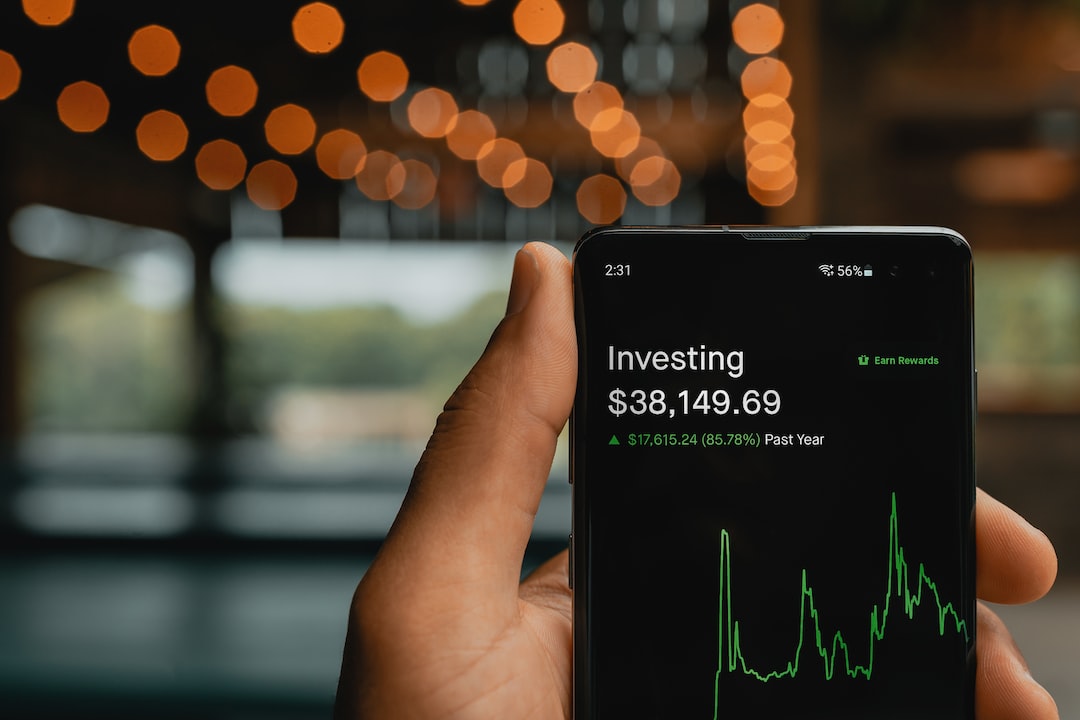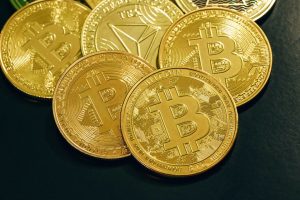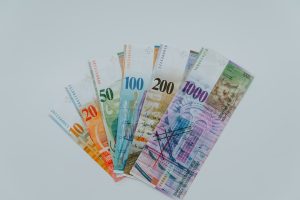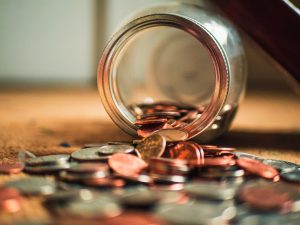Forex trading, also known as foreign exchange trading, is the buying and selling of currencies in the foreign exchange market. Retail forex trading refers to trading currency pairs through a broker or a financial institution. This type of trading was not always available to the public, and its origins can be traced back to the early 1970s.
The Bretton Woods Agreement, signed in 1944, established a fixed exchange rate system between major world currencies. The US dollar was pegged to gold at a fixed rate of $35 per ounce, and other currencies were pegged to the dollar. This system lasted until 1971, when the US government suspended the convertibility of the dollar into gold, effectively ending the Bretton Woods Agreement.
After the collapse of the Bretton Woods Agreement, currencies began to float freely against each other. This led to increased volatility in the foreign exchange market and created opportunities for currency traders to profit from the fluctuations in exchange rates. However, at that time, forex trading was reserved for large financial institutions and central banks.
In the 1980s, advancements in technology and the growth of the financial industry led to the emergence of electronic trading platforms. These platforms allowed traders to access the foreign exchange market and trade currencies electronically. However, retail forex trading was still not widely available to the public.
It wasn’t until the late 1990s that retail forex trading began to gain popularity. This was largely due to the internet and the accessibility of online trading platforms. These platforms allowed individual traders to open forex trading accounts with a small amount of capital and gave them access to the same trading opportunities as large financial institutions.
In 1996, the first online forex broker, called Matchbook FX, was launched. It was soon followed by other online brokers such as GAIN Capital, FXCM, and Oanda. These brokers offered traders access to real-time pricing and trading tools, as well as educational resources to help them learn about forex trading.
The popularity of retail forex trading continued to grow in the early 2000s. In 2001, the Commodity Futures Trading Commission (CFTC) issued a rule that allowed retail forex trading to take place in the United States. This rule required forex brokers to register with the CFTC and the National Futures Association (NFA) and comply with certain regulations.
Since then, retail forex trading has become a global phenomenon. According to a report by the Bank for International Settlements, the daily turnover of the global forex market was $6.6 trillion in 2019, with retail forex trading accounting for a significant portion of that volume.
In conclusion, retail forex trading has come a long way since its origins in the 1970s. Advancements in technology and the growth of the financial industry have made it possible for individual traders to access the foreign exchange market and profit from currency fluctuations. Today, retail forex trading is a major global industry, and its popularity is expected to continue to grow in the years to come.





